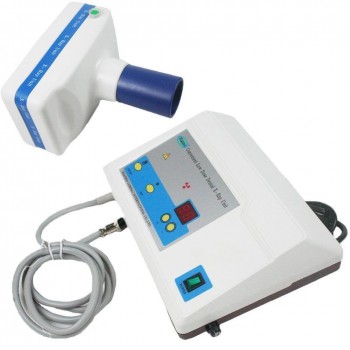An advance in adhesive dentistry has resulted in sandblasting, to increases micro-retention, being performed as a routine procedure. Instead of wearing a path from the patient’s portable folding chair to the office lab to clean excess cement from a patient’s temporary or loosened permanent crown ,or for sandblasting the fitting surface of a crown, bridge inlay or veneer, the procedure is a half- turn away, thanks to the new breed of sandblasters and hookup options.

The uninterrupted patient/doctor exchange is especially beneficial with anxious adult patients – no need to cut the reassuring golf story short for a trip down the hall, leaving the patient alone. Standard hookup kits allow, with a simple male disconnect, access to the dental unit’s air source through the female port.
Many dentists have sandblasters with quick disconnects in every operatory, and these space- efficient wonders tuck easily into a drawer. The adaptors for standard 4-hole dental handpiece ports,or even for your favorite Kavo®, Sirona® or W&H® High speed handpiece port, for a blasting procedure – just pop on the adaptor and activate the sandblaster with your regular foot control, And how about the air quality?
The old dust collection methods are fast disappearing as dentists perform more and more chairside sandblasting. You’ve heard of them as the homemade variety, consisting of a discarded packaging box of gallon plastic milk carton with three handcuts holes. Learning over the nearest trash can, much to the dismay of office staff, Best of all, throwing open a window and blasting away (weather permitting). Times have changed and the new waves of dust collectors not only keep the air clean, but they look great, too – they’re high-tech looking, lightweight and simple to operate and empty.
No fancy installation, either- they simply plug into the nearest outlet. Best of all, the new breed of dust collectors are scaled to fit comfortably on an operatory countertop without without getting in the way, and without compromising user comfort or efficiency.

